There are many abbreviations to describe the different aspects and characteristics of a camera lens. Unfortunately, every camera lens brand uses its own abbreviation to describe the same characteristics. In this tutorial, we will go through the common camera lens brand: Canon, Nikon, and Sony and summarize their lens abbreviations.
Camera Lens abbreviations
Canon Lens abbreviations
The common abbreviations used by Canon are listed below






Canon Lens Example
Now, after we have listed all the common abbreviations of Canon lens abbreviations, let us analyze the name of an actual lens, like the one below
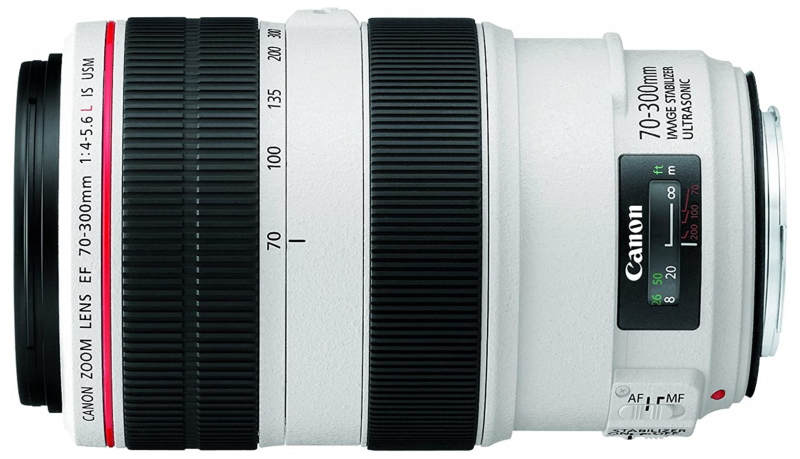
Canon EF 70-300mm f/4-5.6L IS USM UD
- The lens is designed for full-frame Canon EOS cameras (EF). Naturally, it can be used on crop-sensor Canon DSLR cameras, too. It is a zoom lens with a variable focal length from 70 mm up to 300mm. The aperture is ranging from f/4 to f/5.6 according to the focal length.
- This is a professional-grade optic (L designation). As a top-quality instrument, it also features an advanced optical formula for the best possible performance, including ED and Fluorite glass elements (L). It is also Weather sealed.
- The lens is optically stabilized (IS). Autofocus is driven by Canon’s Ultra Sonic Motor (USM). Full-time manual focus is available, while automatic focusing is fast and quiet (USM).
- It is made from Ultra-low dispersion glass (UD), which means that the refractive index of the lens material is lower than regular glass.
Nikon Lens abbreviations
The common abbreviations used by Nikon are listed below





Nikon Lens Example
Now, after we have listed all the common abbreviations of Nikon lens abbreviations, let us analyze the name of an actual lens, like the one below
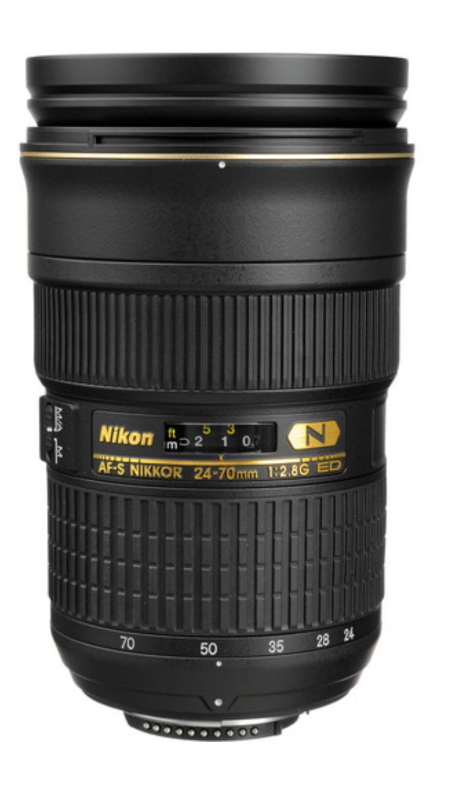
Nikon AF-S FX NIKKOR 24-70mm f/2.8G ED
- The lens has built-in autofocus with Silent Wave Motor (AF-S).
- It is designed for a full-frame sensor camera (FX)
- It is a Zoom lens with a focal length from 24mm to 70 mm, and it has a maximum aperture of f/2.8
- It has no aperture ring (G)
- The lens contains extra-low dispersion glass (ED).
- The large letter “N” on the side indicates that the lens has Nano Crystal Coat.
Sony Lens abbreviations
The common abbreviations used by Sony are listed below
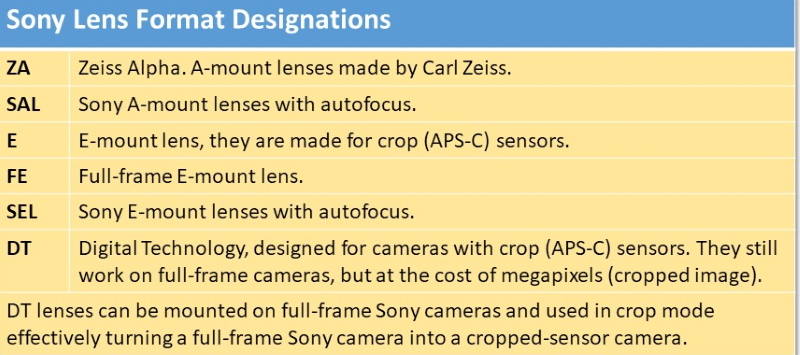





Sony Lens Example
Now, after we have listed all the common abbreviations of Sony lens abbreviations, let us analyze the name of an actual lens, like the one below
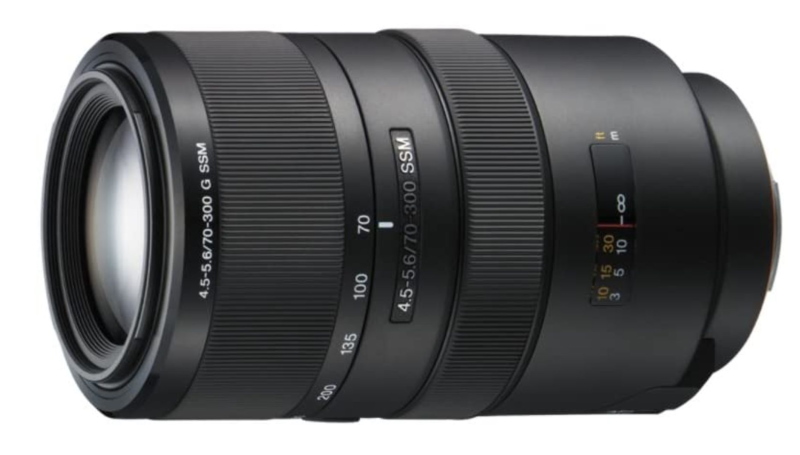
Sony 70-300mm f/4.5-5.6 SSM ED G.
The short product name: SAL70300G
- The lens is designed for full-frame A-mount cameras. There are two things you can figure out:
- There are no FE, E (to indicate E-mount compatibility), or DT (to specify the lens is designed for APS-C sensor cameras)
- The short product name of the lens is SAL70300G, and, as we know, SAL indicates that the lens is designed for A-mount cameras.
- The lens obviously has a variable focal length that can be set from 70mm to 300mm and the maximum aperture starts at f/4.5 on the wide end and gradually closes down to f/5.6 as you move towards the long end of the focal length range.
- The G letter indicates it is part of Sony’s “Gold” range, as such is built very well with tight tolerances, high-quality materials, and best optics.
- The lens has a ring-type ultrasonic motor for AF operations (SSM), so autofocus should be both swift and nearly silent.
- It has ED elements to counter chromatic aberrations.
Related Posts
Full Frame Vs Crop Sensor – Which To Choose
What Is Aperture In Photography
What Is Camera Image Stabilization
Canon STM Vs USM- What Is The Difference
Understanding DSLR Camera Lenses – Your Ultimate Guide
Thanks for reading, I hope you enjoyed the article if you have any questions just post them below & I will be happy to answer you.
The featured Image by Bronisław Dróżka from Pixabay
If you enjoy the site, don’t forget to subscribe, we will only inform you when a new article is posted.







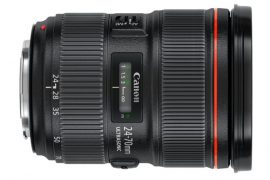

Your article highlights how much time and effort these companies invest in developing and releasing different products for various user skills. And because of their unique R&D requirements, I see how hard it would be to come up with uniform abbreviations. Nevertheless, I’ve learnt quite a bit from reading your tutorial as an amateur camera user and have a greater appreciation for all those “other many little letters” beyond AF/MF and focal length. Thanks Amin.
We are Blessed
Thanks for your comment
Thank you Ones more Amin for a detailed article on three different brands of lenses. It is quite intriguing that terminology and Abbreviations for all three lenses are specific to the brand. It’s not so easy to figure out all of this when I hold a Lens. I am however still getting deep into photography & I found your article is useful to me.
Which Canon lens would you recommend for Macro Photography?
Ntlhane
Your are welcome. I’m glad that you liked the post. Please read this post for the best Canon lenses for Macro Photography.